Razor clams are a common shellfish, rectangular in shape, with a yellow-green or yellow-brown shell surface, thin and crispy, yellow-white meat, and delicious meat. In addition to being eaten fresh, they can also be processed into dried clams, clam oil, etc. So which type of clams is delicious? Today, we have sorted out the top ten common types of clams for you, namely, Razor clams constricta, long bamboo clams, large bamboo clams, Omi clams, straight bamboo clams, sharp knife clams, small pod clams, purple bean clams, Irish large bamboo clams, and New Zealand razor clams. Let's take a look at the classification of clams and related content.
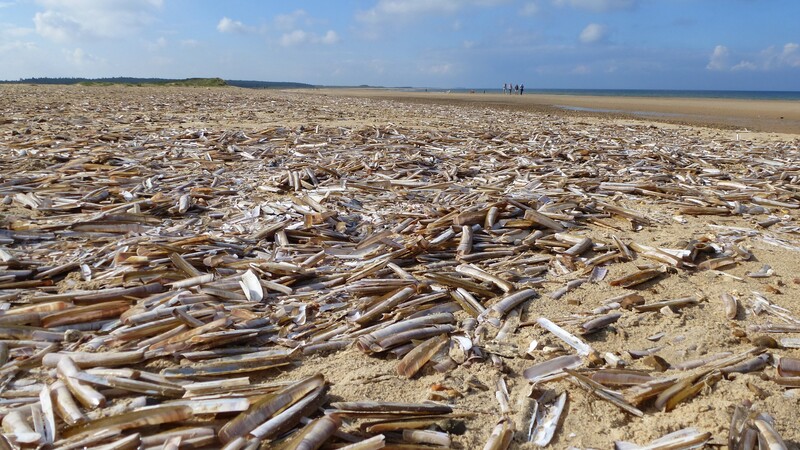
1. Sinonovacula constricta (thin and short shell/yellowish brown) (China/Japan)
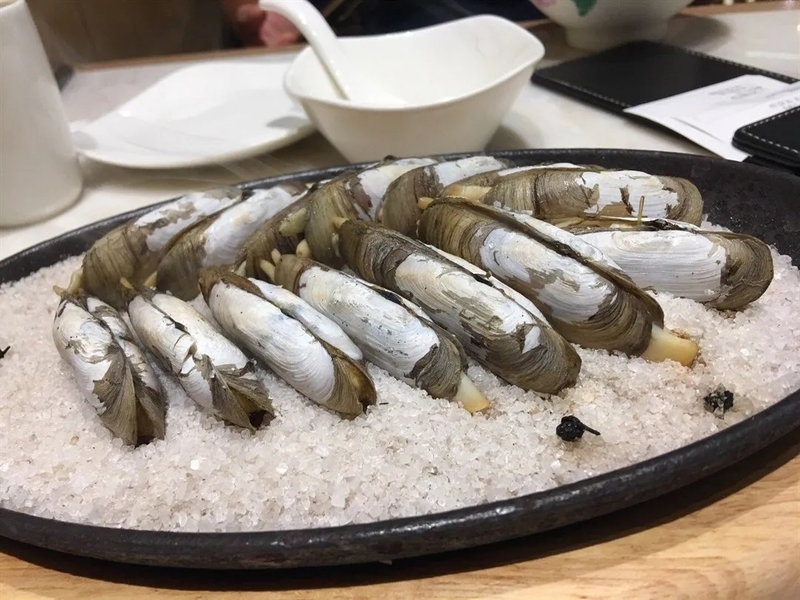
Sinonovacula constricta is the most common type of clam in life and one of the most cost-effective clams. Sinonovacula constricta belongs to the genus Sinonovacula of the family Vibrinidae. It is widely distributed in the intertidal zones and shallow seas along the coasts of Japan and my country. It is slightly flat in shape and the shell is generally about 6-8 cm long. The shell is relatively thin and easy to break during transportation.
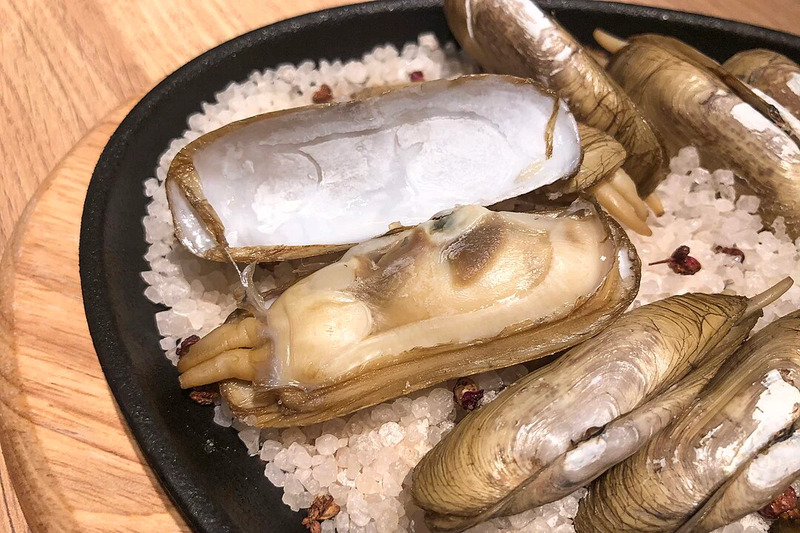
There is a shallow dent from the top of the shell to the belly edge. The shell looks rough. The shell is yellowish brown or grayish brown and is covered with fine growth lines. The siphon used by Sinonovacula constricta for eating and excretion is relatively long, so it is also called "beauty legs". The meat is delicious and tough, suitable for cooking methods such as stir-frying, boiling soup or grilling.
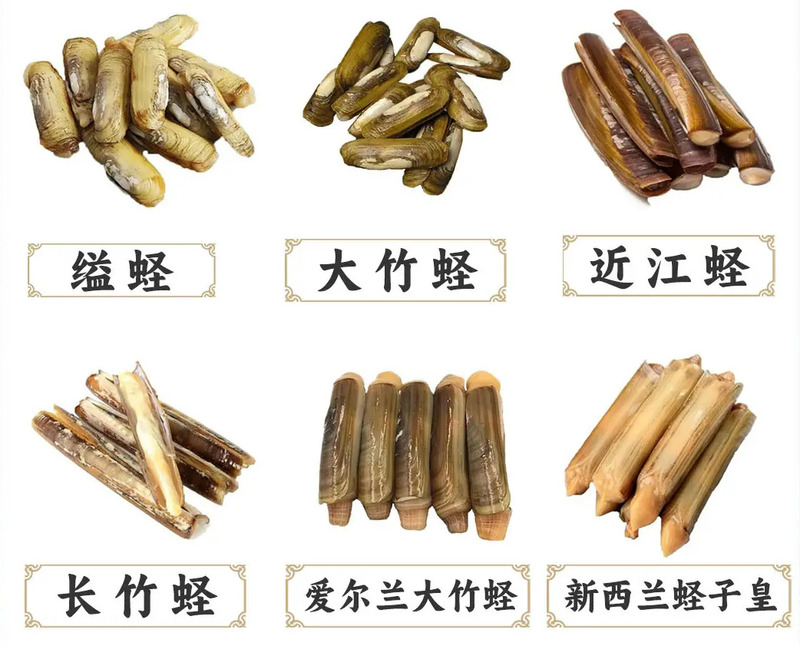
2. Long bamboo clams (slender shell/smooth shell surface) (China/North Korea/Japan)
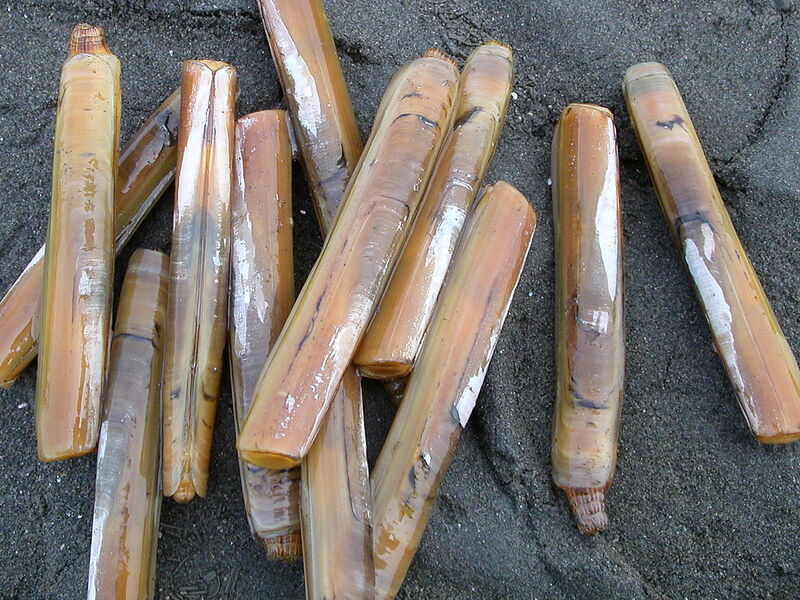
Long bamboo clams are one of the top ten clams and are a high-quality species. The meat of long bamboo clams is elastic and tough, delicious, delicate, and sweet. It is suitable for cooking methods such as steaming, stewing, and boiling. It is also rich in various nutrients. The shell has the effect of dispersing knots and anti-inflammatory effects, and the clam meat has the functions of reducing fever, improving eyesight, quenching thirst, and sobering up. The biggest feature of the long bamboo clam is that it can reach more than 15 cm in length.
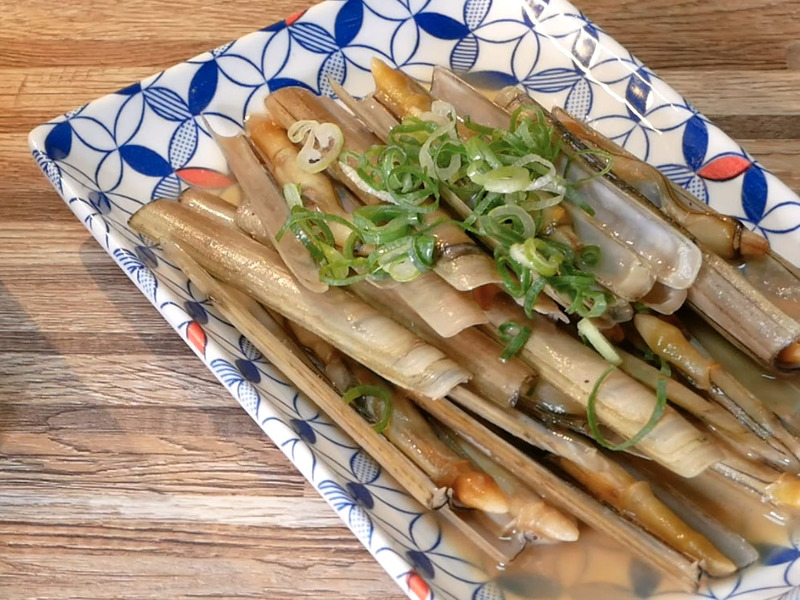
The shell is thin and crisp with a smooth surface. It is usually yellow-brown or light reddish-brown. One end is straight and the other end is round. The two shells are closed and look like a thin bamboo tube. It is distributed in the coastal areas of Bohai Sea, Yellow Sea, East China Sea, South China Sea, Korean Peninsula, and southern Hokkaido to Kyushu in Japan.
3. Irish Bamboo Clam (large head/dark brown shell) (Ireland/UK)
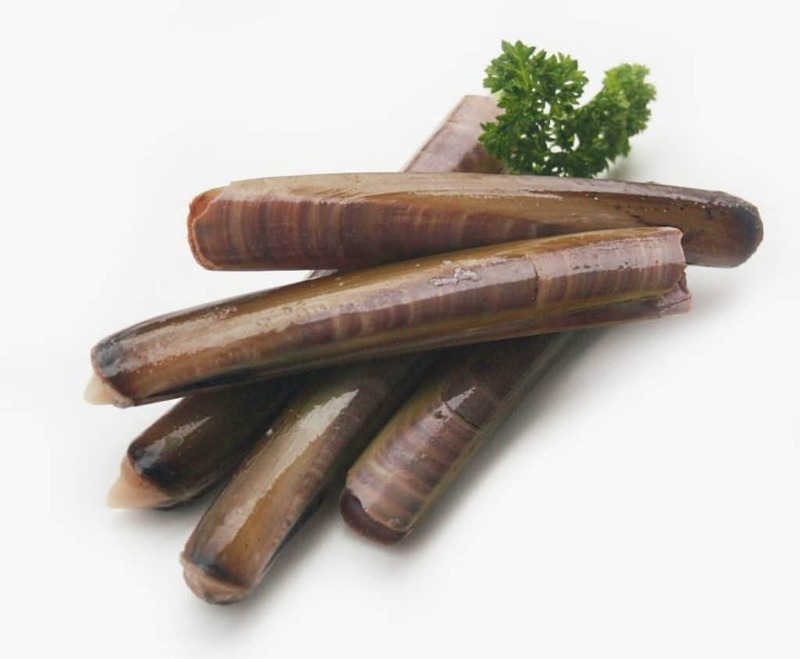
Irish Bamboo Clam is a wild bamboo clam species that is only distributed in the waters of Ireland and the United Kingdom. It is meaty and sweet and has become popular on tables around the world. The Irish giant bamboo clams look similar to the domestic bamboo clams in my country, but they are larger in size, up to 21cm long, and their shells are usually dark brown or black, with obvious vertical lines on the shells. The foot muscles are particularly developed, and they can dig and hide in the small, hard muddy sediments they like.
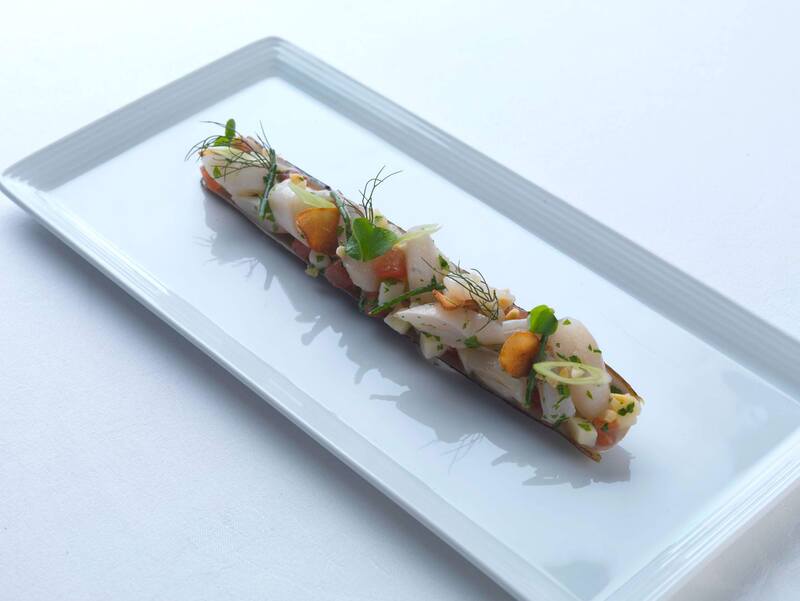
Because this kind of clam lives in colder waters, its meat is particularly delicious. With a little cooking, the umami taste is perfectly presented. The boiled clams are fresh, crispy and glutinous, and the soup is delicious; steamed or grilled, the clams are juicy and mellow.
4. Giant bamboo clams (large size/wide shells) (Philippines/North Korea/Japan)
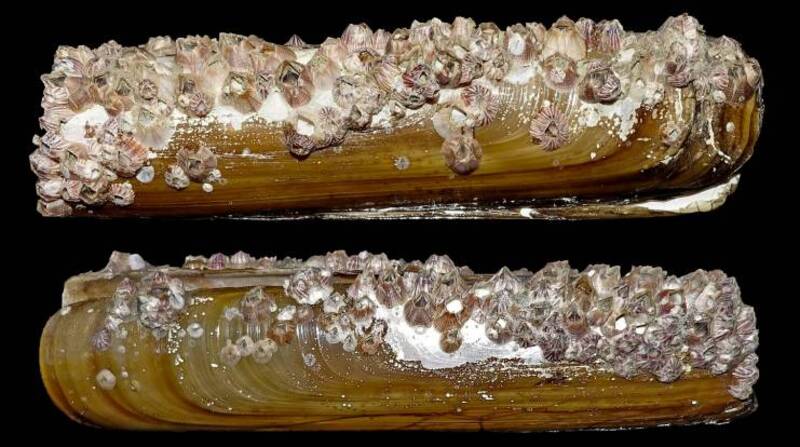
Where are the clams produced? The large bamboo clam is one of the delicious razor clam species, mainly distributed in the Philippines, North Korea and Japan, and widely distributed in the Bohai Sea, Yellow Sea, East China Sea and South China Sea in my country. The large bamboo clam is also called the large saber clam, also known as the "king of clams". It is a larger type of clam.
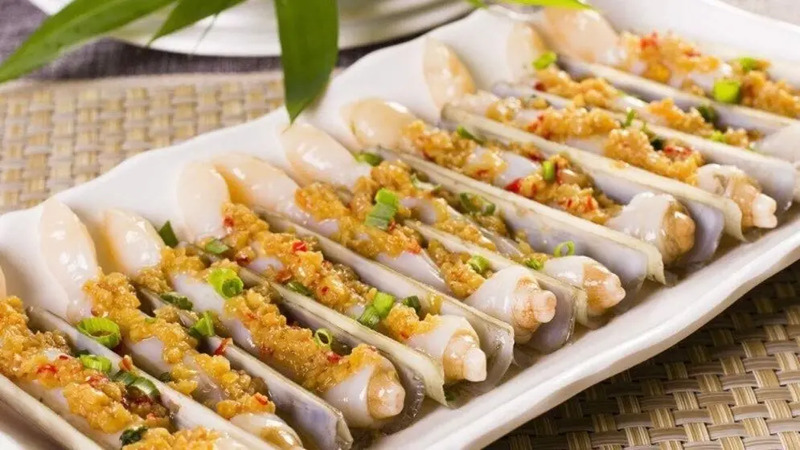
The shell is dark gray or black, with longitudinal lines on the surface, a slightly raised shell, and the belly edge is rolled into the shell. It is wide and thick. It is understood that the siphon of the large bamboo clam is short and fat, and it is full of meat when it sticks out. The meat is delicious and elastic, suitable for cooking, roasting or making clam sauce and other dishes.
5. New Zealand Razor Clam King (Gray-brown shell/with vertical stripes) (New Zealand)
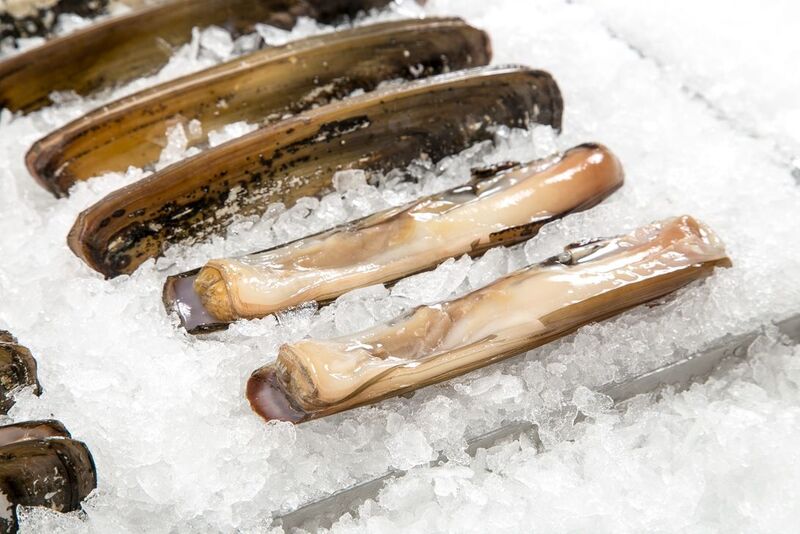
New Zealand Razor Clam King is a type of clam from New Zealand. It is caught along the coast of New Zealand. It is large in size, with a gray-brown shell and obvious vertical stripes on the surface. The meat is sweet and crispy. According to the editor, New Zealand clams are most abundant in spring. After a season of hibernation in winter, clams begin to come out in spring to mate. This is the best time to eat clams.
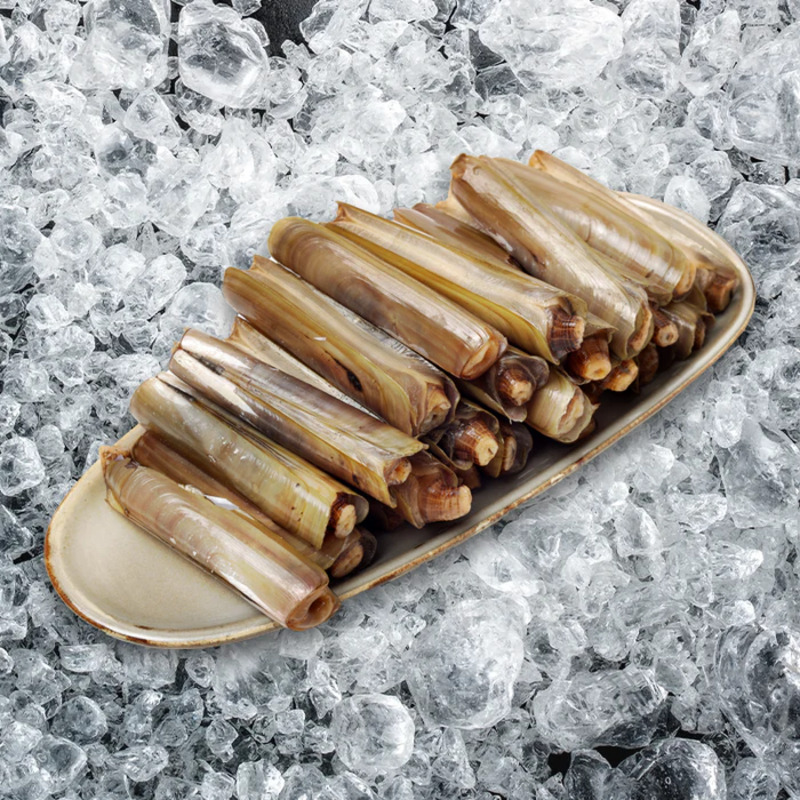
The reason why New Zealand clams are called Razor Clam King is that, on the one hand, their appearance is very different from that in China, and they are more than 300 grams each. On the other hand, their meat is very sweet and full of taste, suitable for frying, boiling, and roasting.
6. Omi Razor Clam (large size/shallow dent) (Japan/Southern Fujian, China)
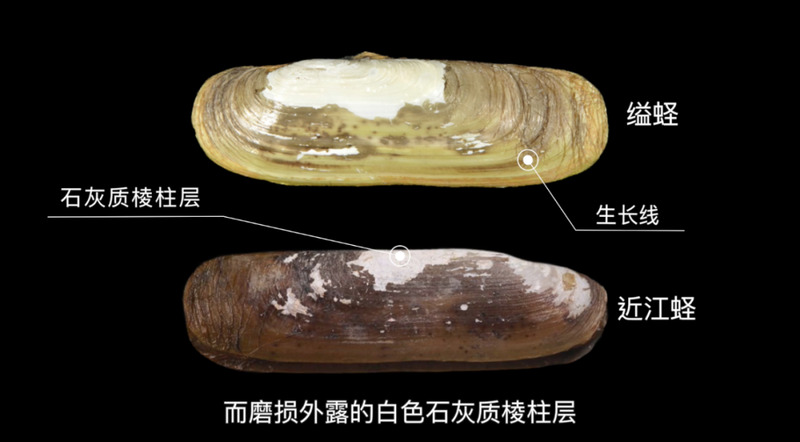
Omi Razor Clam is a clam that is very similar to Sinonovacula constricta. For a long time, it was considered to be the same species. It was not until 2006 that it was named Omi Razor Clam. The editor learned that the shell surface of Omi Razor Clam also has fine and irregular growth lines, the ends of the shell are rounded and blunt, and the cortex from the top to the periphery of the shell of the adult shell falls off, revealing a white calcareous prism layer, which is the same as Sinonovacula constricta.
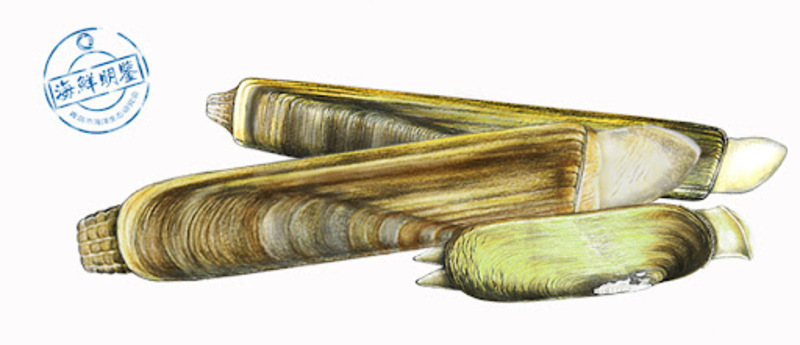
The difference is that it is slightly longer in shape, the dent is shallower, the ratio of shell length to shell height is greater than that of Sinonovacula constricta, it adapts to a wider range of salinity, and grows faster. Omi Razor Clam is widely distributed in Japan and Southern Fujian, my country. It likes to live near estuaries with fresh water inflow. It has delicious meat and delicate taste.
7. Straight bamboo clam (shell is cylindrical/shell color is light yellow) (Indian Ocean/Western Pacific Ocean)
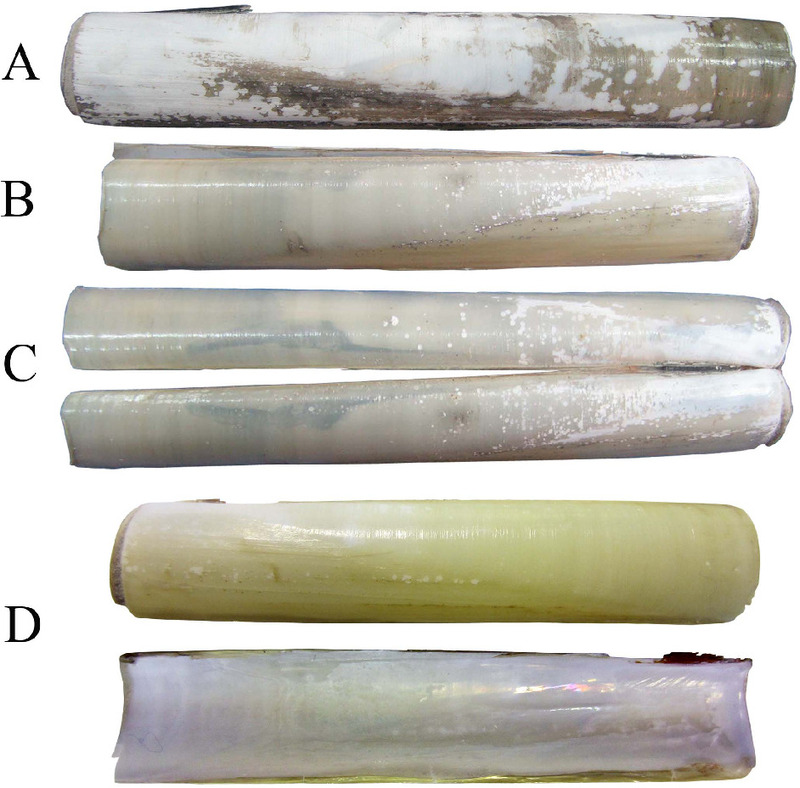
Straight bamboo clam is one of the most delicious clams. The meat is tender, fresh and crisp, sweet and smooth, especially after stir-frying. Straight bamboo clam is distributed in the Indian and Western Pacific Oceans, often living in the intertidal zone to 60 meters below the tidal zone, the intertidal zone and the shallow sea with more sand and less mud. This type of clam has an elongated, cylindrical shell with a thin shell, straight dorsal and ventral margins, and is open both in front and back. The top of the shell is located at the front end of the shell.

The external ligament is small, and the growth lines on the shell surface are fine and dense. The shell has a light yellow and shiny outer skin. The diagonal line from the upper corner of the shell top to the end of the ventral margin divides the shell surface into two parts, the upper part has purple and white ribbons arranged alternately, and the lower part has no ribbons. The hinge is small, and each of the left and right shells has one main tooth.
8. Sharp-knife razor clam (similar in appearance to a straight-backed knife) (Western coastal area of the United States)
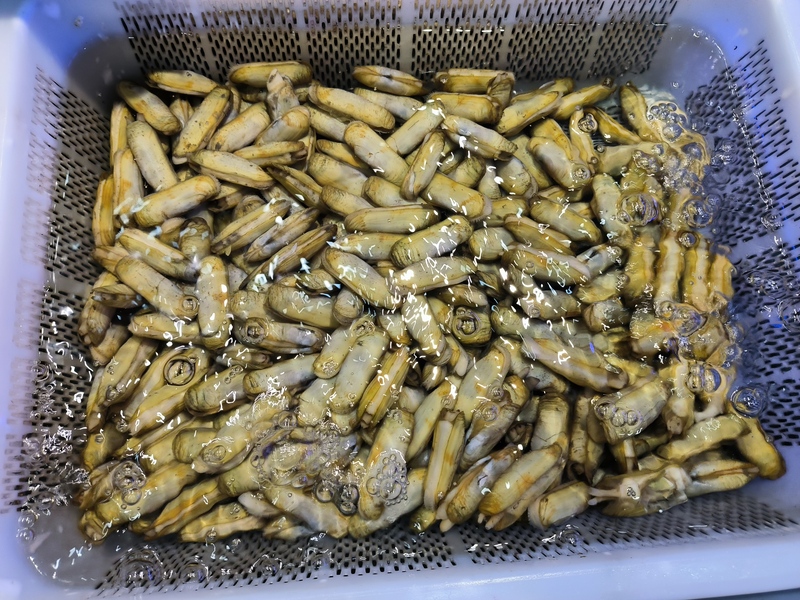
Sharp-knife razor clam, also known as sword razor clam, is a common type of clam. Its shell is relatively flat, similar to a straight-backed knife, hence the name. The sharp knife clams are mainly distributed along the western coast of the United States. They are also common in the South China Sea, Indonesia, Singapore and other regions. They are close relatives of bamboo clams, but they are larger and have fatter meat. The left and right shells are equal, thin and narrow, with pale yellow-green shell surface and slightly shiny white powder inside. Although sharp knife clams can grow relatively large, small ones are better as food ingredients. They taste "fresh, tender, crisp and refreshing". The cooking requires very high heat. If they are stewed too long and lose their tender and crisp taste, they will taste like chewing wax.
9. Small pod clams (small/oval) (Malaysia/Philippines)
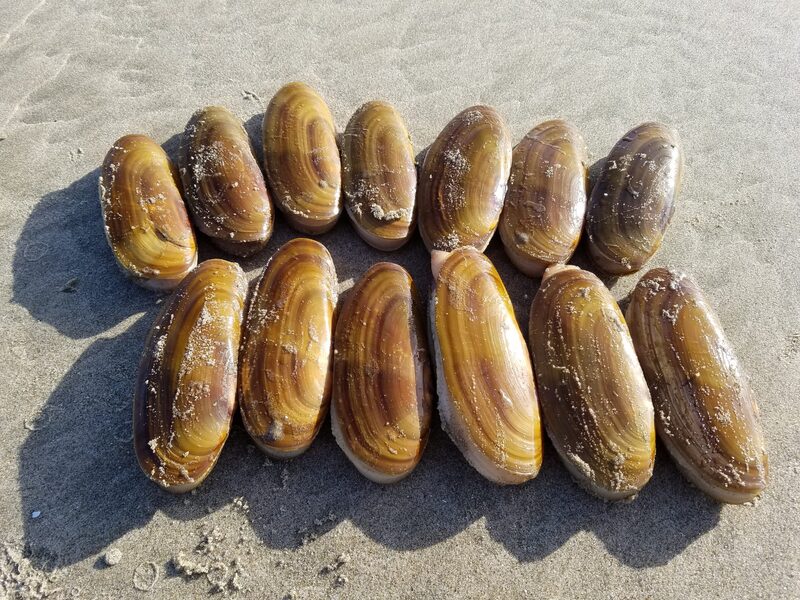
Small pod clams are one of the smaller species of clams. They are mainly found in the coastal areas south of Zhejiang in China, and are distributed in Malaysia and the Philippines abroad. The shell of the small-pod razor clam is oval, thin, with the front end significantly larger than the back end, round front and rear edges, slightly concave in the middle of the ventral edge, the top of the shell located in the front, the ligament protruding, dark brown, the shell surface is yellow-white or grayish white, covered with yellow-brown shell skin, fine growth lines, the inner surface of the shell is grayish white, there is a longitudinal rib extending to the ventral edge below the shell top, the hinge is short, with 3 main teeth, the front adductor muscle scar is nearly pear-shaped, and the rear adductor muscle scar is nearly triangular.
Compared with ordinary clams, the small-pod razor clam appears light and agile, and is usually eaten in clear soup to taste its fat, tender and delicious taste.
10. Purple-clothed razor clam (with purple markings on the shell) (Taiwan, China)
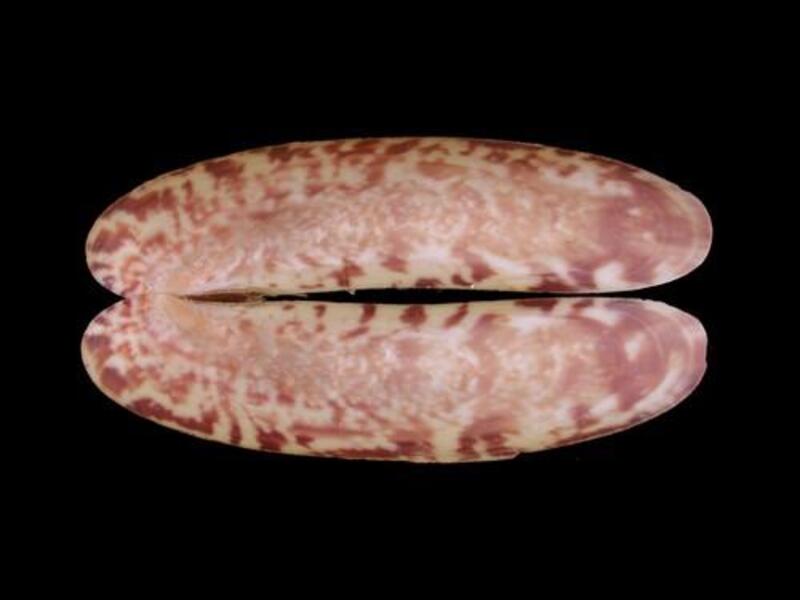
Purple-clothed razor clam, also known as flower knife razor clam, is one of the top ten razor clam species. Most razor clam species have gray shells, but the purple bean clam is an exception. Its shell is round and white, covered with purple or brown patterns, which is very beautiful. The shell is thin, the two shells are equal, with openings at both ends, the top of the shell is small, located in the front, the dorsal edge is slightly straight, the ventral edge is round and curved, and the shell surface is covered with a thin shell skin. It is mainly distributed in Taiwan, China, and a small amount is also distributed in eastern Arabia. It mainly lives in the sandy seabed of the intertidal zone. The meat of the purple bean clam is also very delicious, and with its beautiful appearance, it is loved by many people and is one of the popular razor clam species.
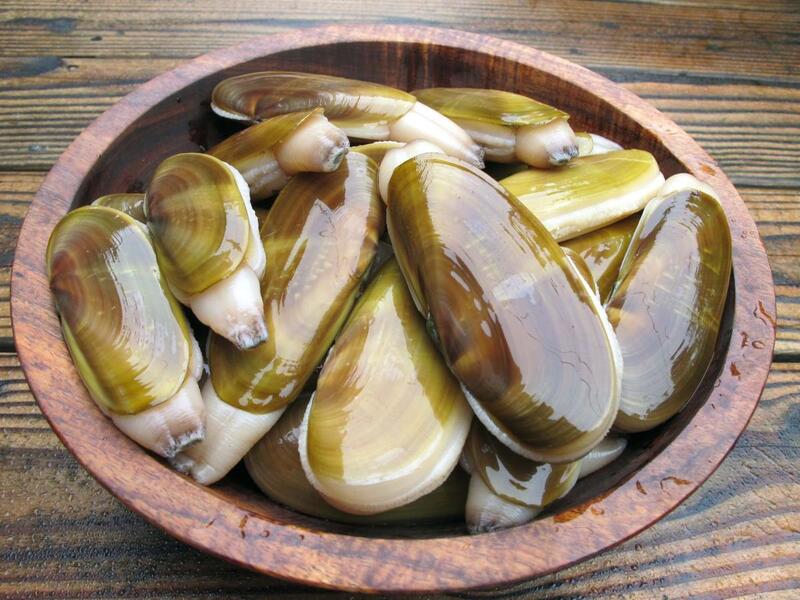
The ranking of the top ten razor clam species is based on the characteristics and quality of common razor clams, and refers to the public popularity of razor clam species and other related information, and then combined with other related rankings/lists on the Internet for comprehensive ranking recommendations. The list is for reference only. If you have any questions, please comment/communicate at the end.
animal tags: razor-clams
We created this article in conjunction with AI technology, then made sure it was fact-checked and edited by a Animals Top editor.